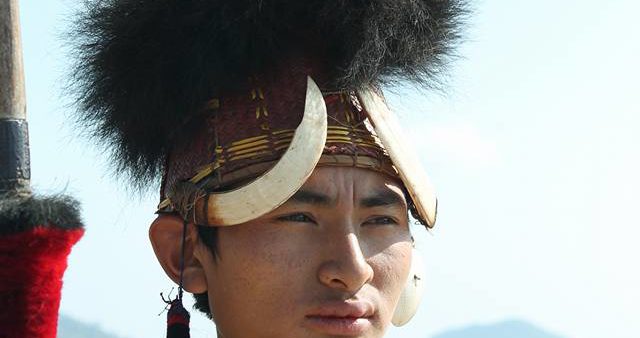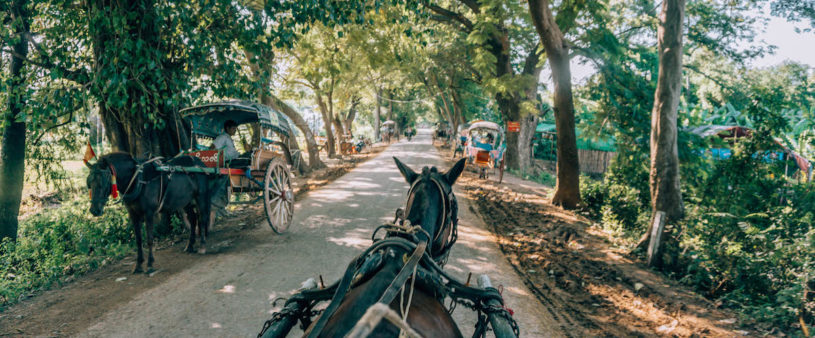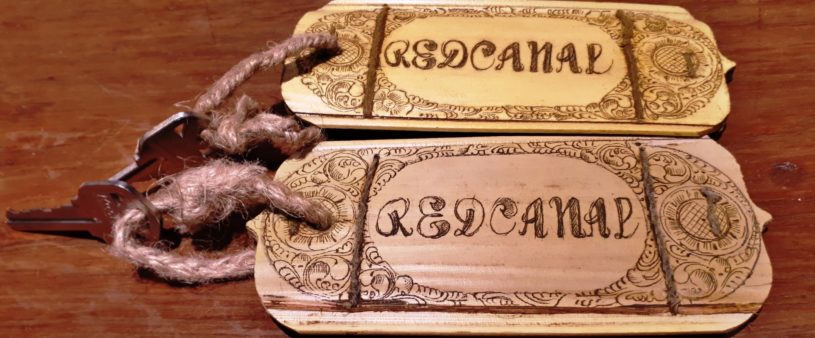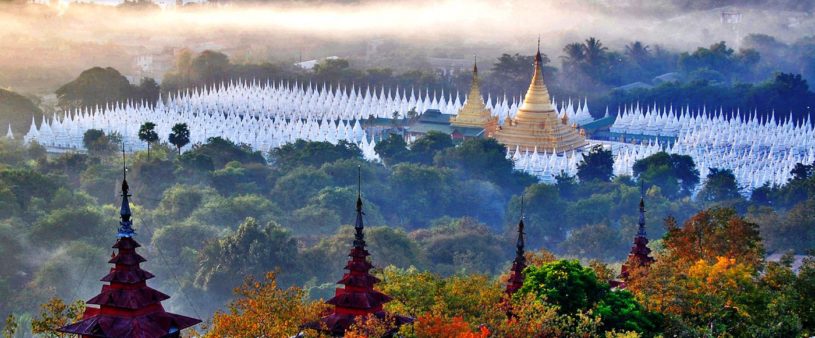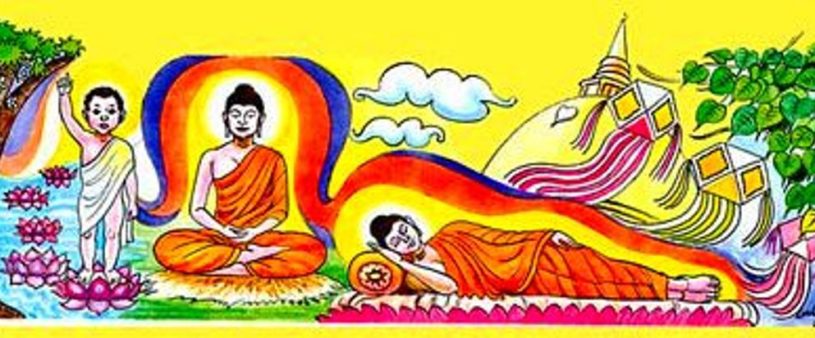Local and foreign travelers bound to the Naga Traditional New Year Festival 2019 held in Leshi of Naga Self-Administered Zone of Sagaing Region may pay visits to traditional houses of Naga ethnics, said chairman of Naga traditional cultural committee U Aung Htut. Visitors may observe life-styles of six Naga ethnics such as Tangkhul, Makury, Para, Koka, Laungphury and Khiamniungan residing in Leshi Township and will have the opportunities to interview those people of Naga ethnics directly. “The traditional houses of Naga ethnics were built with the aim of enabling the people to know their life-styles. After showing them as showrooms at the festival, the houses will be maintained by local tribes” said U Aung Htut. Naga ethnic people will live at the traditional houses after the festival as part of maintenance. The local and foreign guests to Leshi Township ma stay at these traditional houses together with Naga ethnics. Source: Yadanabon Newspaper
As one of the least visited countries in Southeast Asia, any trip to Myanmar is sure to sure to feel a bit off-the-beaten track. You’ll find ancient temples and monasteries, beautiful handicrafts to take home as souvenirs, and in many ways, a culture and way of life that’s remains relatively unchained for centuries. But in addition to these iconic religious and cultural sites, there are tons of unique things to do in Myanmar to ensure that you have an authentic, intimate, and culturally-rich adventure. For first time visits, most travelers will make their way through Myanmar’s most popular tourist destinations: Yangon, Mandalay, Bagan, and Inle Lake. Thankfully, none of these cities and towns have yet been overtaken by the tourism industry, so you’ll be sure to have authentic cultural experiences alongside locals anywhere you go. However, if you’re looking for things to do in each destination that are a bit unexpected, consider adding these activities to your Myanmar itinerary. For my complete Myanmar Guide, download my latest e-book! Yangon: Ride The Circular Train A far cry from a luxurious mode of tourist transit, the Circular Train (or Circular Railway) is as gritty as it gets, and was one of […]
As I am working at the Hotel by the Red Canal Mandalay, gives me a chance to interact with people from many other countries. I realized that most of our guests praised to their room keys which are made up of “Palm Leaf”. Then I got an idea to write about the “Palm Leaf” and started collecting the sources, history and data related to that. Surprisingly, one of our valuable guests from UK asked me why I did not have a last name. In fact, I was a little puzzled by their questions and a little embarrassed because I had no answer to give. I just said that it’s not our custom to name a child after his or her father’s name, although some people do.I realized again that the traditional Myanmar way of naming children is quite unique. The technique is an astrological calculation that includes a person’s virtues, the day they were born according to the Myanmar lunar calendar. These calculations are called a “Zartar” in Myanmar language and are etched or inscribed into a palm leaf with a stylus. I had seen the leaves on a wall at my house but had never paid much attention to […]
King Mindon established Mandalay Yadanarbon Nay Pyi Taw in 1857 and the city was completed in 1859. The size of the city was 2400 ta (cubit).Each side of City was 600 cubits; one cubit is equivalent to 7 yards.Mandalay is a very histiorical city. It was home to the two last king of Myanmar; King Mindon and King Thibaw. The British took over the city in 1885.Mandalay is located 716 km North of Yangon. It was the royal capital of the last two kings of Myanmar, and is the cultural and religious centre of Buddhism. The city is also famous for its traditional crafts. Mandalay has a tropical wet and dry climate. The Mandalay streets are laid out in a grid system, and are numbered east to west (up to 49th) and North to South (over 50th).Among the various types of traditional food on offer in Mandalay, are the famous Mont T, Htoe Mote and La Phat. Highlights of the city, it’s seven structures include Mya Nan San Kyaw Shwe Nan Daw (Golden Palace), Moat, Pitakas Taik, Thu Damar Congregation Hall, Atu Mashi Monastery, Ku Tho Taw Pagoda and Thein Taw Gyi. Mya Nan San Kyaw Shwe Nan Daw (Golden […]
Vesākha (Pali; Sanskrit: Vaiśākha), also known as Buddha Purnima and Buddha Day, is a holiday observed traditionally by Buddhists on different days in India, Sri Lanka, China, Japan, South Korea, Taiwan, Nepal, Tibet, Bangladesh, Bhutan, Indonesia, Singapore, Vietnam, Thailand, Cambodia, Laos, Malaysia and Myanmar and in other places all over the world. Sometimes informally called “Buddha’s Birthday”, it commemorates the birth, enlightenment (Buddhahood), and death (Parinirvāna) of Gautama Buddha in the Theravada or southern tradition. The decision to agree to celebrate Vesākha as the Buddha’s birthday was formalized at the first conference of the World Fellowship of Buddhists held in Sri Lanka in 1950, although festivals at this time in the Buddhist world are a centuries-old tradition. The resolution that was adopted at the World Conference reads as follows: That this Conference of the World Fellowship of Buddhists, while recording its appreciation of the gracious act of His Majesty, the Maharaja of Nepal in making the full-moon day of Vesak a Public Holiday in Nepal, earnestly requests the Heads of Governments of all countries in which large or small number of Buddhists are to be found, to take steps to make the full-moon day in the month of May a […]







